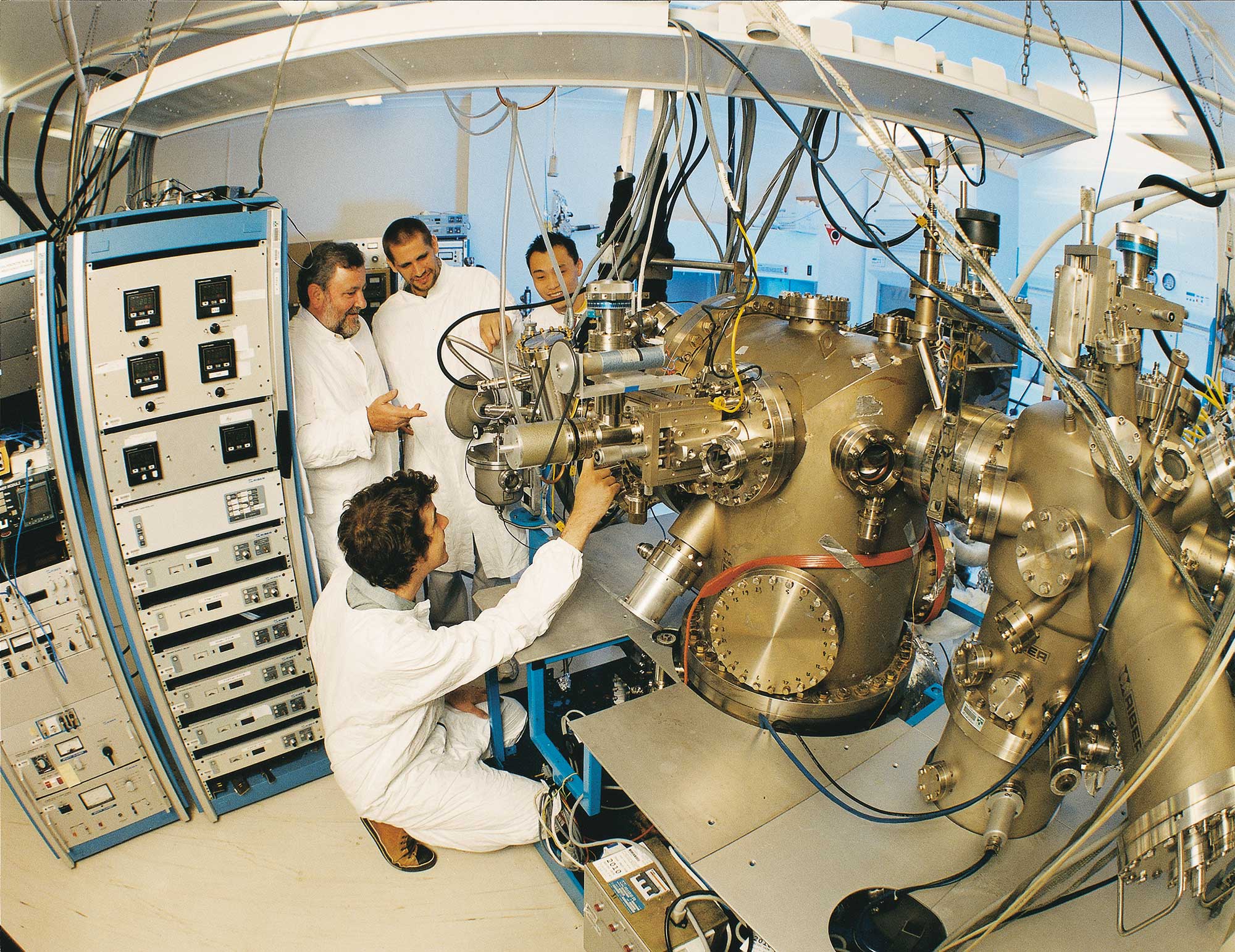
Photolithography is a technique that transfers a pattern from a photomask to a substrate coated with a light-sensitive material called photoresist. The pattern is created by exposing the photoresist to light from a source through the mask, and then developing it in a solution. The substrate can then undergo other processes such as deposition or etching. Some devices may require multiple photolithography steps with different masks, which need to be aligned precisely to the previous layers. For this purpose, mask aligners are used to ensure accuracy and control the exposure conditions.


